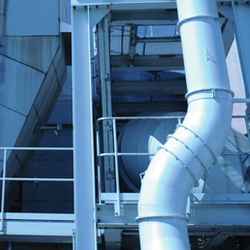Product Suppliers
Service Providers
Projects & Bids
News & Events
Tools & Resources
RNG Forum 2025

Flue Gas Treatment Systems
Flue Gas Treatment Systems clean the gas produced by energy-from-waste before being discharged into the environment. The choice of this concept is mainly governed by regulatory air pollution limits. Available solutions include dry scrubbing, process combining dry scrubbing and low temperature system, semidry process, wet scrubber and more.

